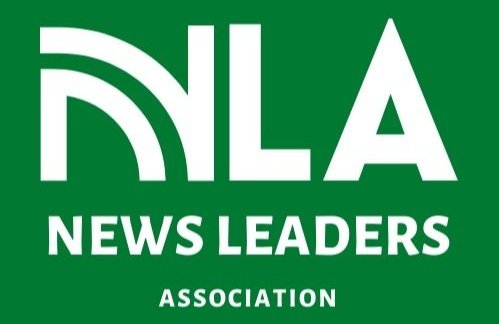Trusting News - Trust Tips 39: Use plain English in your disclosure statements
Today's trust tip: Use plain English in your disclosure statements
Click here to check out the Trusting News Trust Tips newsletter and subscribe to receive one quick, actionable tip for earning trust each Tuesday.
Hi there. Joy here.
There are sadly a lot of ways for journalists to think they’re explaining themselves while still actually being quite obtuse. We tend to use coded language that doesn’t mean much to our audiences.
One of those ways is with disclosure statements when explaining potential conflicts of interest. We often acknowledge the issue without explaining what it really means or how we’re working to make sure it doesn’t affect the integrity of our work.
We’ve written before about what that looks like with financial disclosures. For example, instead of just saying that a company or organization being written about is one of your advertisers or donors, add this information: “… and we have systems in place to make sure that relationship does not influence our news coverage.”
But what about personal relationships journalists have that are connected to their work? We all have a life outside of being a journalist. Are you an alum of a school you’re writing about? Does your spouse work for a company that’s mentioned in a story? Do you volunteer with an organization that addresses a topic you’re covering? Journalists tend to either avoid stories they have personal connections to or acknowledge the relationship to avoid the perception of a conflict of interest.
On a recent episode of This American Life called Burn It Down, reporter Joanna Kakissis covered conflict within the Amsterdam fire department. It turned out that the fire commander's partner was a journalist Kakissis had previously worked with. Her reporting was likely to anger some of the people featured on the show, and that relationship is exactly the kind of thing that could fuel accusations of bias and unfairness.
Ira Glass disclosed that connection in a program note, but he went further than just mentioning it. He said that the other journalist was not involved in the story in any way and had not discussed it with Kakissis. Take a listen to how the disclosure was included as the second segment was introduced.
TRY THIS: You’ve decided to be transparent about your decision-making or ethics. Well done! Write down what you want to communicate to your audience, then run it by some people who are not at all familiar with how journalism works. Find a family member or neighbor and see if they understand it. Even better, run it by a source who’s likely to be suspicious of your work. To REALLY level up, try asking your audience what they think. Put the text in a social post and ask people if they think it’s clear and ask what they think it’s communicating. It could be a great way to prompt a conversation and invite questions around the integrity of your work.
— Joy Mayer, Trusting News director
Click here to check out the Trusting News Trust Tips newsletter and subscribe to receive one quick, actionable tip for earning trust each Tuesday.

